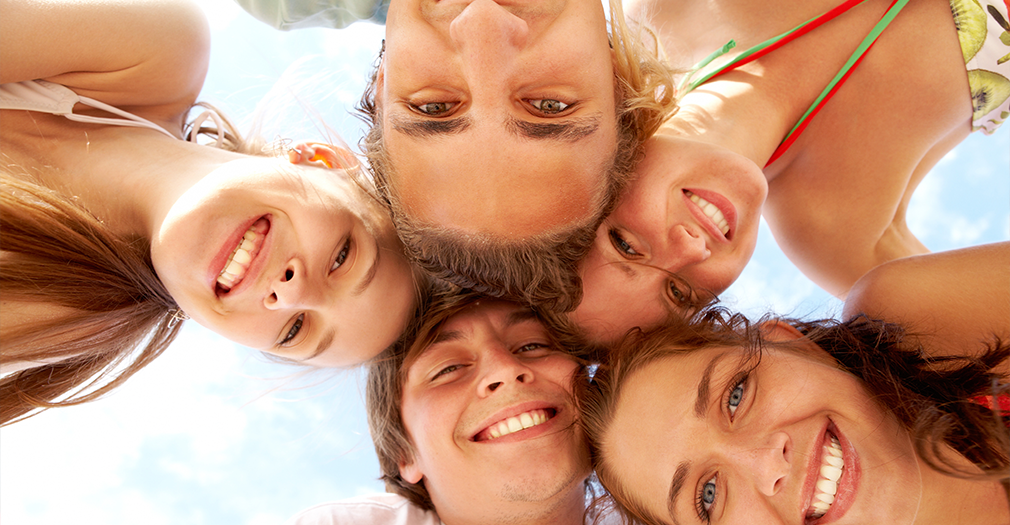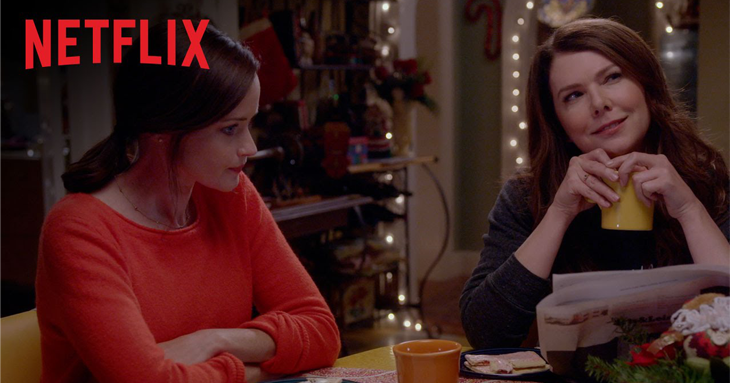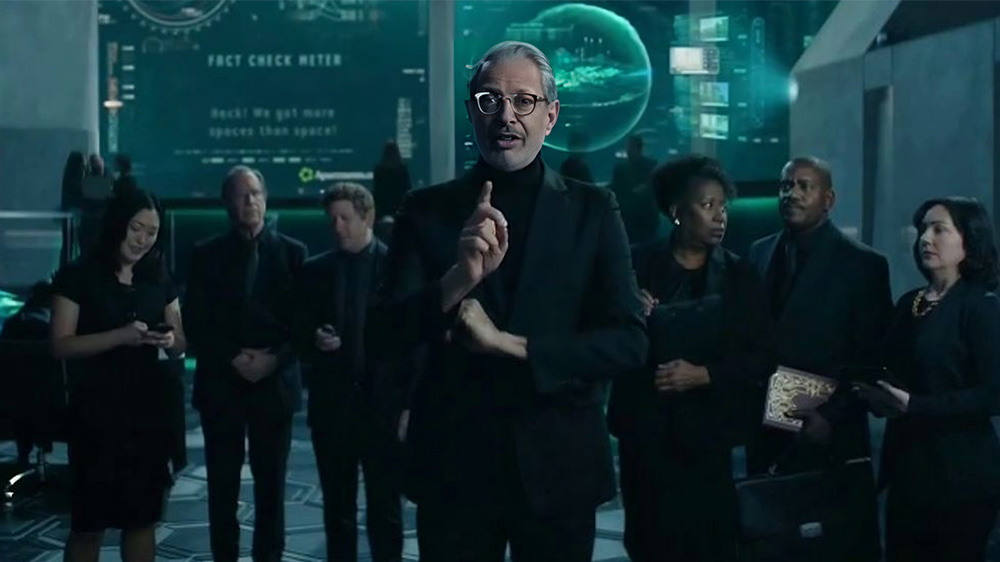
Breaking Down the Relationship between Brands and Teens
Today’s teenagers are uniquely positioned in the marketing world.
How much advertising do you take with your coffee?
| Jason Bagley
Apparently, the characters on “Gilmore Girls” are big coffee drinkers.
“Nothing says coffee like six in the morning,” says the oft-quoted and oft-caffeinated Lorelai Gilmore, played by Lauren Graham.
So it made sense for Netflix to make coffee the centerpiece of a marketing campaign for its new miniseries revival “Gilmore Girls: A Year in the Life.” And that’s what it did one day last week when it transformed more than 200 coffee shops across the country into replicas of Luke’s Diner, where Lorelai and daughter Rory — whose real name is also Lorelai (thanks Wikipedia) — hangout on the show. Luke is a love interest for the elder Lorelai (so I read).
Though “Gilmore Girls” ended its run nine years ago, the publicity stunt was a hit due in large part to the show’s “cult-like” following. Both the coffee shops and Netflix came out winners. Businesses benefited from a spike in traffic — one New York City coffee joint told CNN Money that its usual morning rush increased six-fold — while Netflix was able to generate buzz ahead of the miniseries’ release next month.
Apparently, few were annoyed to encounter long lines at their favorite local coffee shop. Or perhaps those people weren’t interviewed. Or they declined comment. But they may have said something about advertising worming its way into our daily lives under a pretense of entertainment making it impossible to complete even the most mundane activity without intervention. Or not.
But for all the positive media attention that the promotion garnered — and here’s where things get interesting — the actual terms of the agreement between the coffee shops and Netflix, for the most part, were not disclosed in any detail.
The Milwaukee Business Journal reported that Netflix paid for the day’s first 250 cups of coffee for customers who visited participating area businesses. But the journal and other media outlets did not reveal in their reporting what, if any, direct influence Netflix had on how the establishments themselves promoted the event.
Among the unanswered questions: Did Netflix require that businesses publicize the occasion on social media? See this tweet TINA.org found from HubBub Coffee in Philadelphia posted four days prior to the event:
On 10/5 @netflix will turn all 3 #cafes into #LukesDiner to celebrate the return of @GilmoreGirls! First 150 customers get a free #coffee pic.twitter.com/F5Kfd58GrO
— HubBub Coffee (@HubBubCoffee) October 1, 2016
On the morning of the event, HubBub Coffee again gave a shoutout to Netflix and Gilmore Girls, sharing this tweet with its 2,500 followers:
Some of our customers dressed just like Luke this morning! @netflix @GilmoreGirls #LukesDiner #HappyBirthdayGilmore pic.twitter.com/vzRwVbf3I9
— HubBub Coffee (@HubBubCoffee) October 5, 2016
It’s easy to lose yourself in the copious amount of plaid in this second post but if either of these tweets were published by HubBub Coffee at the request of Netflix, that should be disclosed to consumers. How? Like TINA.org told the Kardashians, just #ad it.
Neither Netflix or HubBub Coffee responded to TINA.org’s requests for comment.
Find more of our coverage on social media endorsements here.
Today’s teenagers are uniquely positioned in the marketing world.
These brand collabs are far from fab.
While these ads can be appreciated by all, they may strike a chord with ad lawyers.


